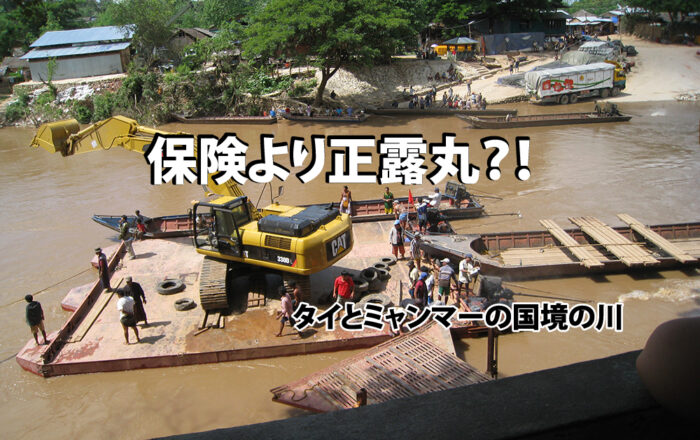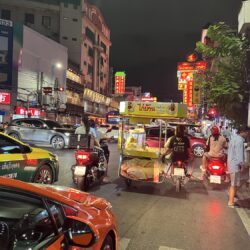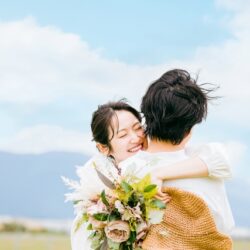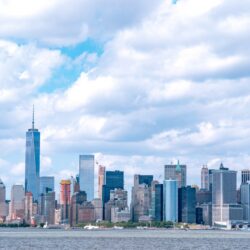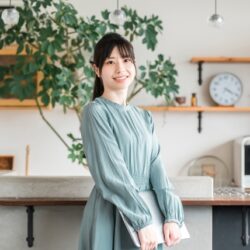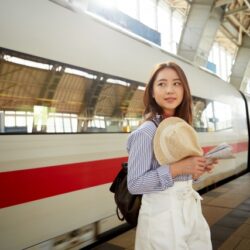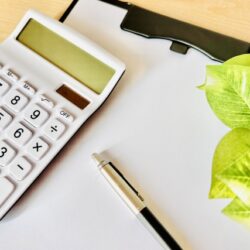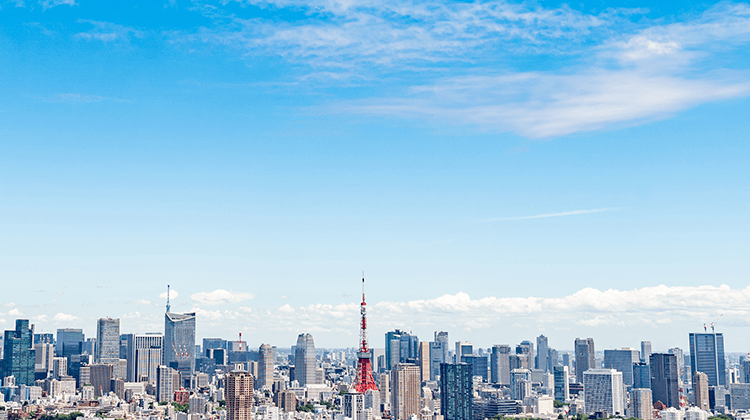The border river between Thailand and Myanmar; at the time of 2009, Myanmar was under military rule and in seclusion.
Many traders were bringing in daily commodities, foodstuffs, used cars from Japan, and bicycles from Thailand to Myanmar through this route instead of the regular route.
The market price of used cars in Yangon is more than 10 times higher than in Japan, and I was curious to see what kind of people would buy them.
The Myanmar currency (Kyat) has a low rate, and when purchasing a vehicle, 7-8 adults would come in with their bills stuffed in a large backpack.
The bank would have no credit, and instead of a safe, they would have used a room in the house for storage. Of course, there was no loan system at that time, and cash settlements were made. It was difficult for Japanese to understand where and why they were earning money.
A few years later, democracy began and we established a local subsidiary. However, the country has now returned to military rule, and even after Corona, the economy is still in a state of civil war.
I have often visited this remote area from the Thai side and from the Myanmar side, and each time I get a stomach ache. Of course, I have insurance, but Seirogan is more useful. It is difficult to drink, so they will give you water, but if you drink it, you will be indebted to Seirogan for the rest of the trip.
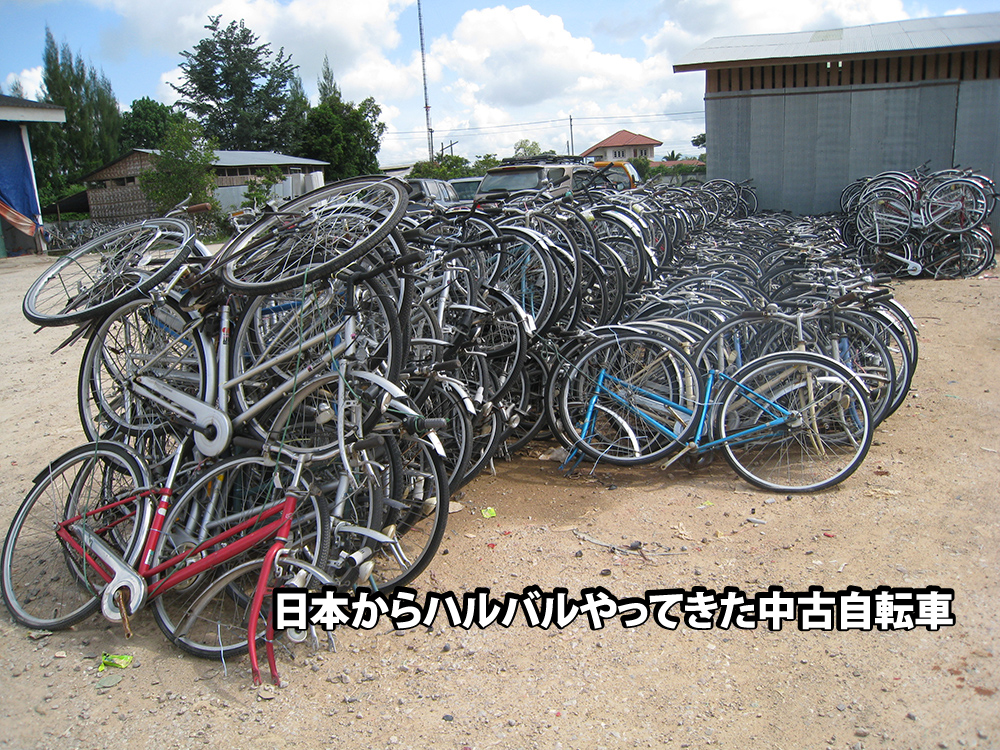
They will now be repaired and sold.
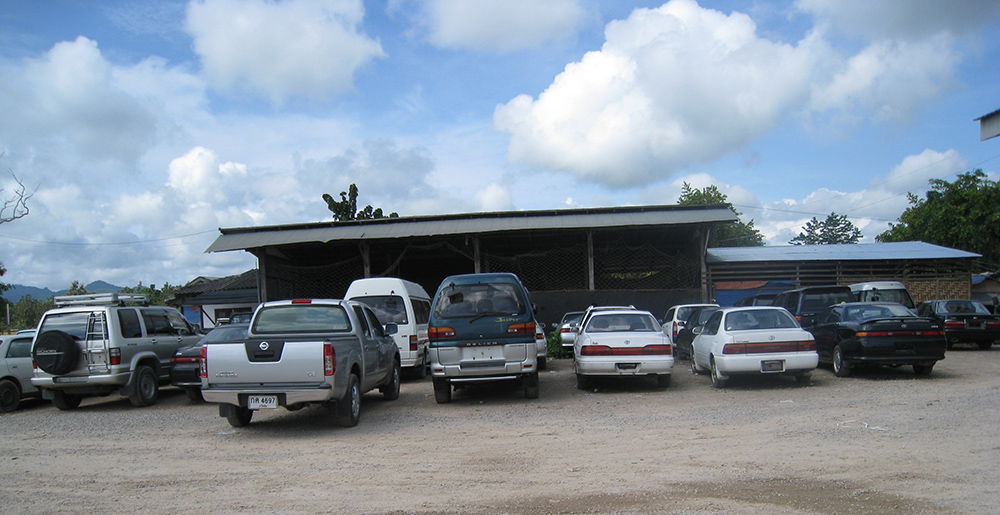
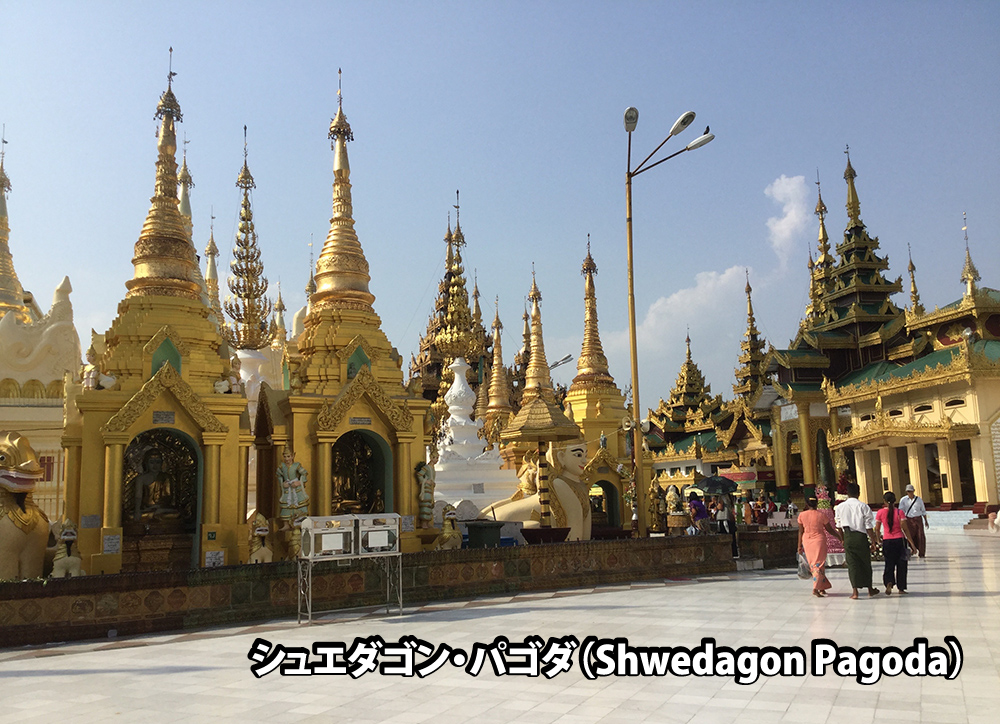
Shwedagon Pagoda is a temple located in the center of Yangon, Myanmar. It is believed to house parts of the bodies of the three bodhisattvas who appeared in this world, and is considered an important sacred site.
Yangon (formerly Rangoon) is the largest city in Myanmar (formerly Burma), and the city's mix of British colonial architecture, modern high-rise buildings, and golden pagodas gives it a unique look.
The huge, golden Shwedagon Pagoda is visited by thousands of pilgrims each year.
Other religious centers include Botatang Pagoda and Srei Pagoda, where Buddhist stupas are housed.
